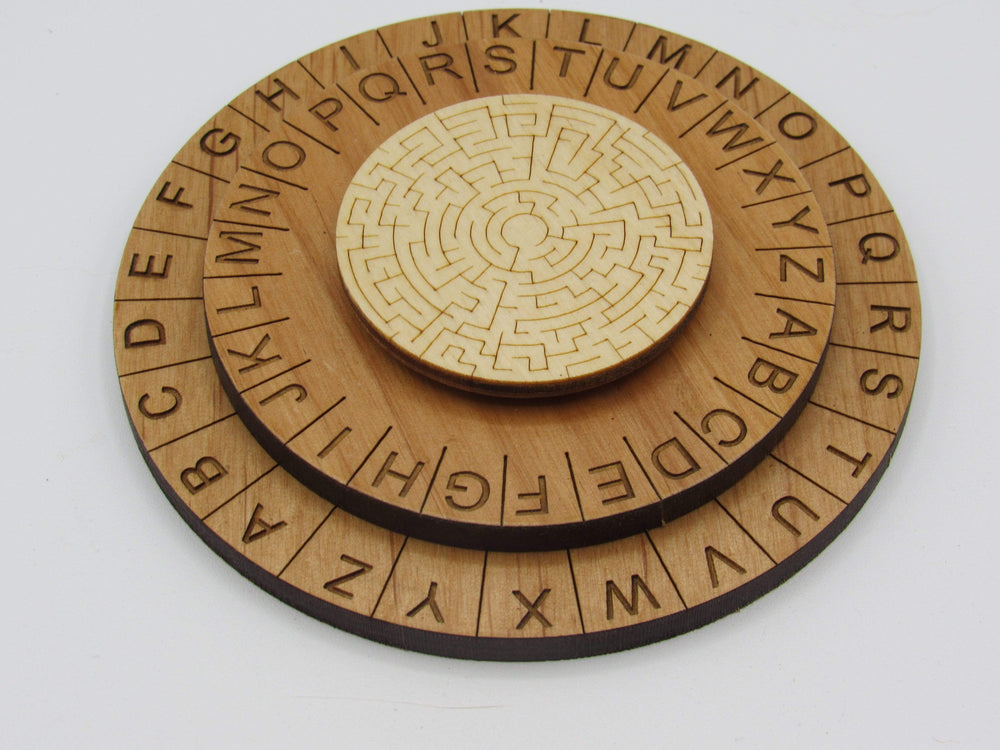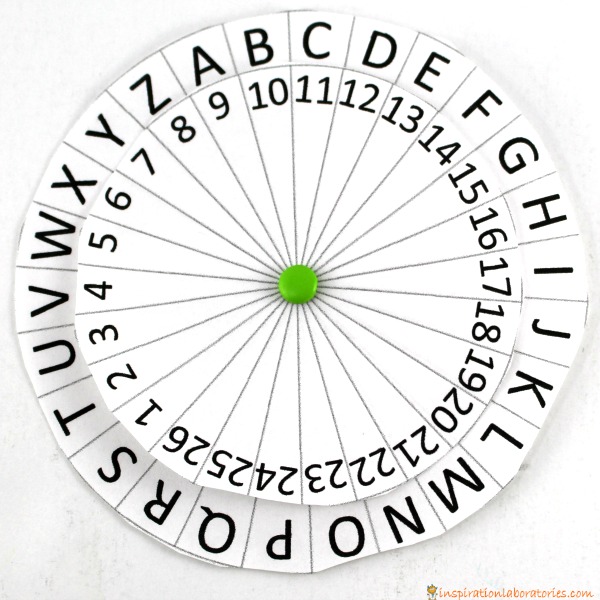
- #Substitution cipher decoder cracked#
- #Substitution cipher decoder full#
- #Substitution cipher decoder code#
- #Substitution cipher decoder series#
Then encrypt your message like a normal substitution. Next, fill them beside the original alphabet. Then extract all the letters according to the rules in encrypting columnar transposition. Use this as the key for the columnar transposition. ↠ The alphabet is subject into columnar transposition first, then assigned as the substitution for the encryption alphabet. This cipher is a collaboration of columnar transposition cipher and monoalphabetic substitution cipher. It is just that the key for encryption is processed beforehand. (Keep in mind the M08 alphabet is the same as the N09, O10, P11 etc.‣ Colmono Cipher is a simple monoalphabetic substitution cipher invented by Heartstopper Necrolyte. Unless we know the M08 cipher alphabet by heart, we should create one. We call the message that has been encrypted cipher. Since it's a pretty long message, you may want to add '/' between each two-digit (each two-digit represents a letter). Your goal is to turn your micro:bit into a machine that can decode messages using a substitution cipher. Here's an example of a message you want to decipher:
#Substitution cipher decoder full#
Continue in this way until you get your full code. The third letter is a 'h' which corresponds to '10'. The second letter is 'o', and that corresponds to the '17' on the key.
#Substitution cipher decoder code#
Therefore, the first two-digit of the code is a '12'. The first letter is 'j', and we can see it corresponds to the '12' on the key. To encipher the message, we must use the key. quipqiup is a fast and automated cryptogram solver by Edwin Olson.It can solve simple substitution ciphers often found in newspapers, including puzzles like cryptoquips (in which word boundaries are preserved) and patristocrats (inwhi chwor dboun darie saren t). Note that you should write all numbers as two-digits, adding a '0' in front if necessary. Continue the number until we reach '26', at which point we loop back to '01' until we finish the key.

Then, put the number on our key and write it directly below the key's letter. To create a cipher alphabet, write the alphabet out. We should write out the cipher alphabet, using A=03 also known as A03. Also, A=03 can be written as B=04, C=05, as the letter increases at the same rate as the number. Note that A=01 is the letter-to-number cipher and is easy to break. For the sake of simplicity, we'll have A=03, but A can equal anything from 1-26. Substitution cipher is one of the most basic cryptography methods. The recipient of the message will see a string of numbers, with each number standing for a letter.įirst, we must choose a key. Using the key M=8, by the order of numbers and the alphabet the cipher can continue as N=9, O=10, P=11, etc.
#Substitution cipher decoder cracked#
For example, in the books Christopher and Master Benedict use the key M8, to show that M=8. How do you decode a substitution cipher All substitution ciphers can be cracked by using the following tips: Scan through the cipher, looking for single-letter words. The cipher requires the user to choose a substitution key to show how the cipher is enciphered and deciphered. The key consists of a letter, followed by the number by which it stands for in the code. In theory, the substitution cipher is quite simple.

However, they differ in the sense that the letter-to-number cipher has a fixed substitution of a=1, b=2, z=26, etc meanwhile, the book's substitution cipher can be coded in 26 different ways (for each letter of the alphabet).Ī substitution cipher looks like a string of numbers, headed by a key. The substitution cipher used in the books is very similar to the letter-to-number cipher, as they both replace a letter in the alphabet with a number.

For example, the Vigenère cipher uses multiple Caesar shifts in order to code a message. This is the opposite of a polyalphabetic cipher, which uses multiple different ciphers to encode a single piece of plaintext. In principle, the simplest type of substitution system is called monoalphabetic cipher in which a single mapping table is used to encode and decode with. However, you can break it if you have enough ciphered text by using frequency analysis or the stochastic optimization algorithm (check out our Substitution cipher decoder). This means that each letter of plaintext is replaced with only one other ciphertext. The number of all possible keys for a simple substitution cipher is a factorial of 26 (26).
#Substitution cipher decoder series#
While the umbrella term 'substitution cipher' is extremely broad, the type of cipher used in the book series is a monoalphabetic cipher.


 0 kommentar(er)
0 kommentar(er)
